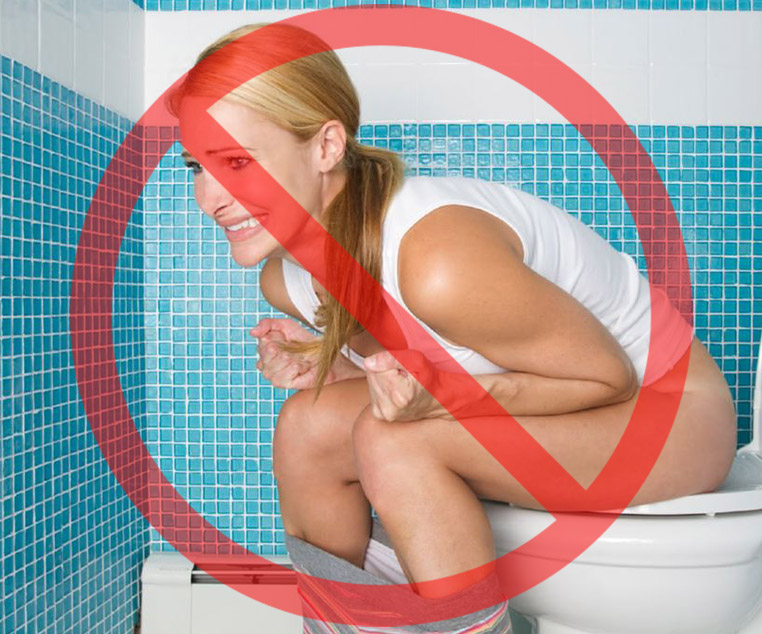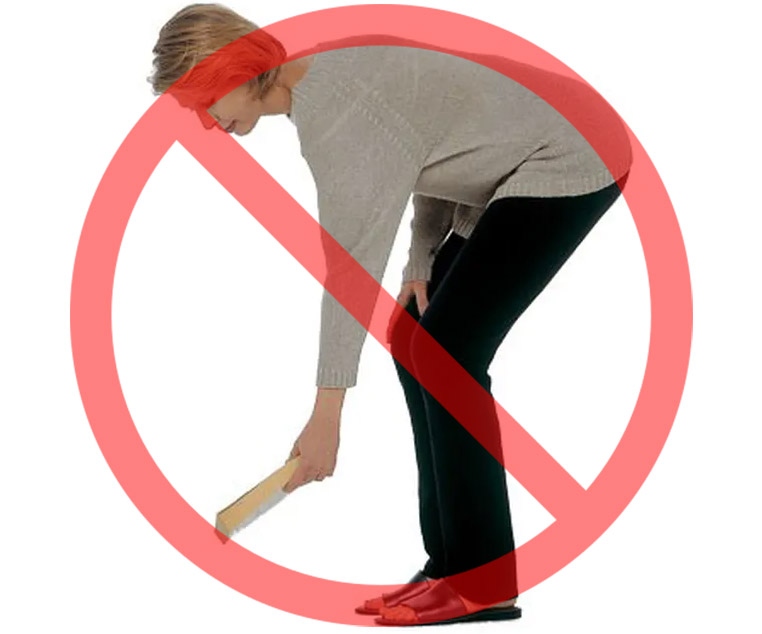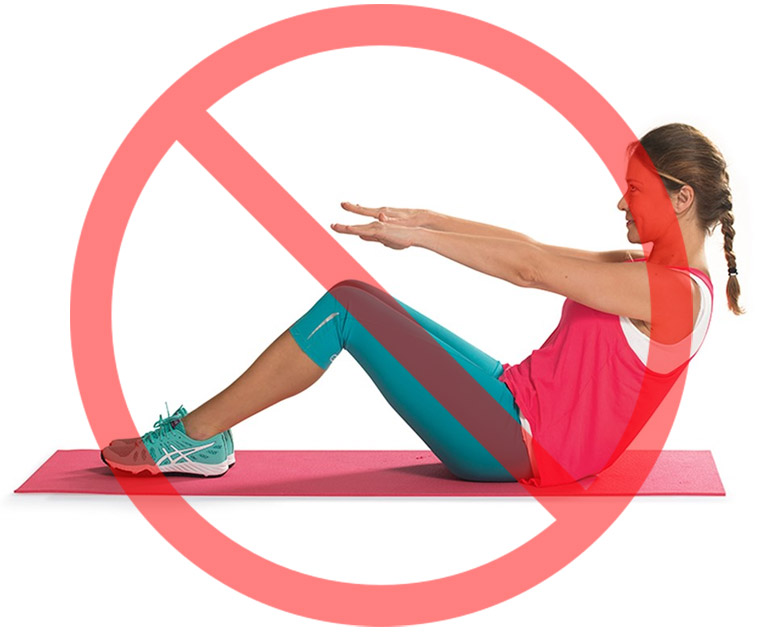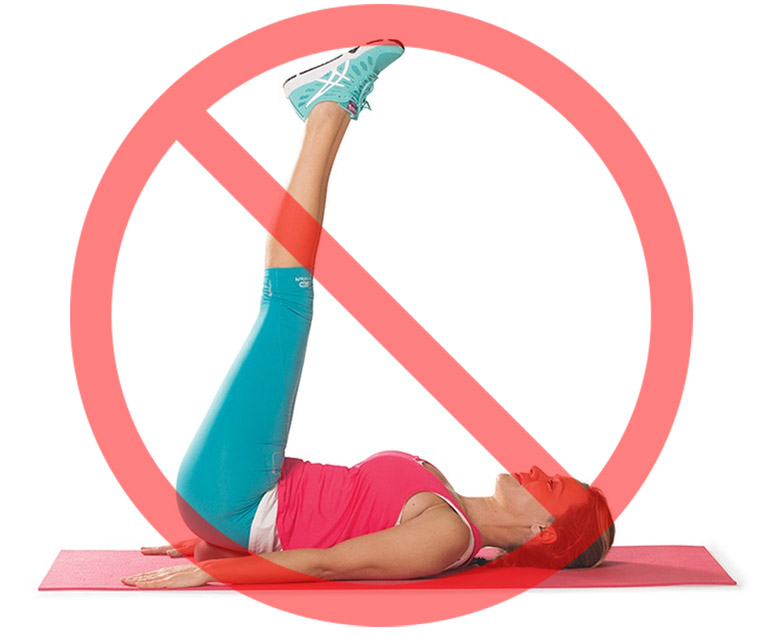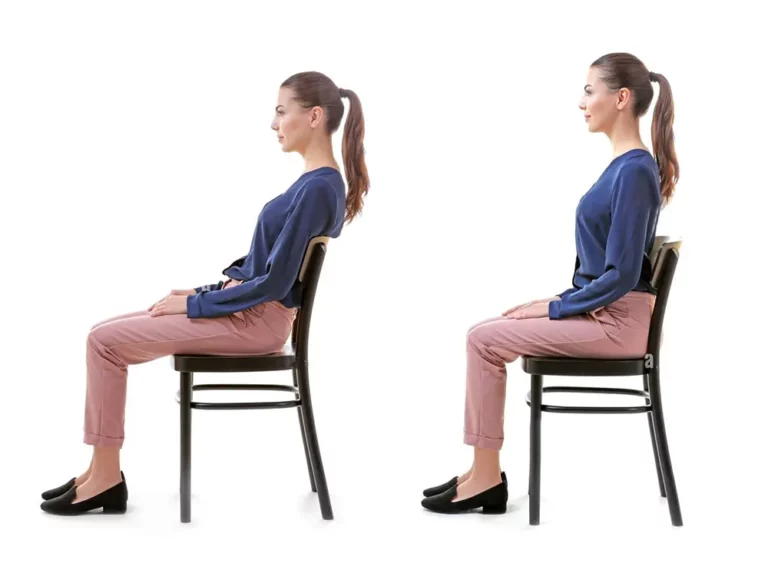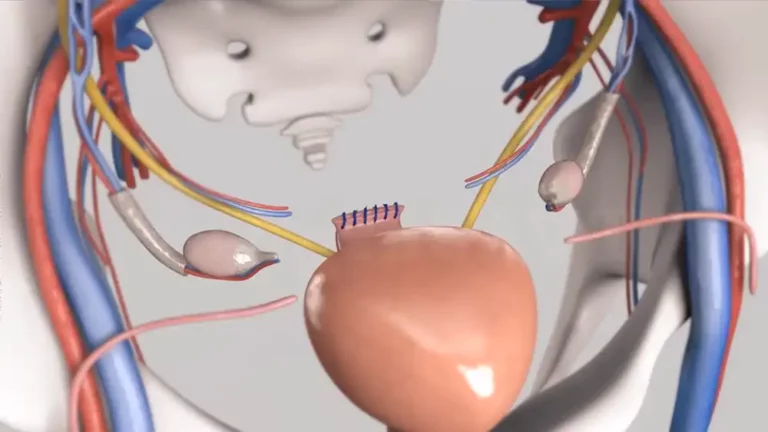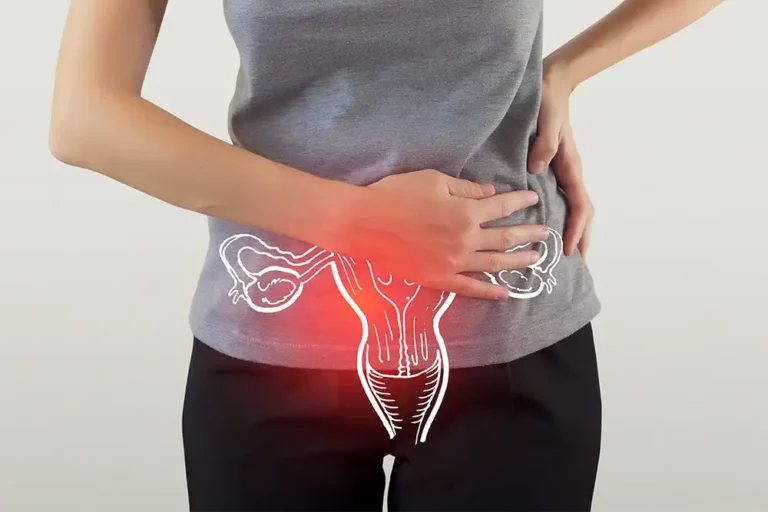Hysterectomy Recovery Tips Week by Week
Let’s talk about physical recovery after a hysterectomy
The best recommendations will always come from the hand of your surgeon, who is the one who has operated on you, who knows your case best. Also of a face-to-face assessment with a physiotherapist specialized in the pelvic floor. But it is still important to share these generic recommendations since there is a lot of ignorance about what can be done that cannot be done after the intervention.
So let’s see what to do in the immediate postoperative period, what to do in the first six weeks, between seven and 12 weeks, and what to do after three months.
Recommendations for the immediate postoperative
These recommendations will surely come from the health team where you have had the surgery. There are basically three things to remember:
- Deep breaths
First of all, prevent respiratory and circulatory complications. For this, we will start deep breathing exercises as soon as you wake up from the operation. - Activation of blood circulation
Secondly, perform movements of the lower limbs, exercises to activate blood circulation to prevent deep vein thrombosis. - Use your core as protection
And thirdly, protect all the movement you make through the activation of your body’s natural girdle, which is the transversus abdominis muscle. What we usually call the core and the deepest muscle of the abdominals.
What this activation consists of is that you carry out a slight and gentle contraction of these muscles as if making the gesture of bringing the navel slightly upwards.
Concentrate on the area between the navel and the pubis and carry out that soft contraction as if we were drawing a smile from one side of the hip to the other. What we call the superior iliac spines. Those bony parts that are in the lower part of our trunk like drawing a smile as if we wanted to reduce the volume of our abdomen in that lower area and at the same time add a gentle contraction of the pelvic floor.
Close and raise the perineal orifices urethra through which we urinate, vagina, and anus. The contraction of both muscles tends to be in the pelvic and transversus abdominis muscles, the natural girdle of our body must be smooth and allow us to breathe calmly.
We must be able to inhale and exhale at the same time that we have this area activated. It’s not about doing pelvic floor exercises, or core exercises as soon as we get out of the operation, no. It is about protecting ourselves against any movement such as lying down, you want to move your legs ok first activate the transverse, activate your natural girdle and pelvic floor, and then just flex one knee. Another situation is when you are going to get out of bed or before you cough or sneeze or laugh, you should do this. This is how we protect the area of the surgical intervention, whether it was an abdominal, laparoscopic, or vaginal hysterectomy, we must protect the entire operated area so that the recovery is successful.
First 6 weeks of recovery
The second stage of recovery, the first six weeks. You are already at home and the discomfort of the surgery occurs, these sensations will tell you what you can do and what you cannot do yet, however, in addition to following the signals that your body sends you, there are some recommendations for this stage.
Take care of your posture
First of all, a lot of body awareness and a lot of postural care, I mean always trying to stretch the body from your crown with your back well elongated. Avoid positions in which your backbends, because this will generate pressure especially on the abdomen. You should avoid pressure in the pelvic area.
What not to do after a hysterectomy:
When you go to the toilet, don’t push
Also very important when going to the bathroom you should not push or urinate or defecate. To do this you must sit upright, not slouch and sit on the seat bones instead of the buttocks. You must raise your knees above your hips, that is, get into a squatting position. For this, you can help yourself with a small stool or stool on which you can rest your feet when you sit on the toilet. Give long exhalations as if we wanted to fog up a mirror without pushing. Take your time as the evacuation can take a while, take it easy, breathing calmly without stressing. Know your routines to make bowel movements, that is, not holding back going to the bathroom.
Don’t spend a lot of time sitting
You should avoid spending a lot of time sitting because this increases abdominal swelling and also the difficulty in expelling gases.
Do not spend a lot of time standing or walking
On the contrary, we should not be on our feet for a long time, nor spend long periods of time walking. At first, it will be the pain or discomfort that will tell you that it is time to stop. For example, walking 5 minutes per day is recommended and adding 5 minutes each week. Every woman is different and if you have a feeling of pressure, heaviness, in the vaginal area, or pain you should stop immediately.
So not much time sitting, not much time standing, not much time walking.
Avoid bending over
Avoid bending over and by bending over, I mean bending the trunk, bending to go grab something from the ground or something that is below your knee. It is necessary to learn to crouch SAFELY through the lunch stride technique. That stride position, it will allow you to bend down to pick up something from the ground in a physiological way being respectful to your pelvic floor.
Don’t carry weight
Remember that you should not carry weight during these weeks. You have to limit it to a maximum of 4 kg distributed between your two hands. It is important not to combine bending over with carrying this weight.
Delegate household activities
Finally, you should delegate housework as much as possible because it really is a vulnerable stage for our pelvic floor and we should delegate actions such as vacuuming and those activities that you are not ready to do right now, such as ironing, which also I would have been standing for a long time.
Weeks 7 to 12 of recovery
We enter a new stage that goes from week 7 to week 12. This is a crucial time to ensure a good recovery. It will make you feel much better. You will want to recover certain things in your life, but you must take it easy because even if you feel good, you are in a delicate moment in which you need all the tissues to return to your being.
Hold posture
You must maintain body awareness, and increase now more that attention on a hypopressive attitude in your daily life. This means taking care of the posture growing from the crown and being very careful with all the activities that we call hyperpressive, that is, they increase the pressure in our abdomen and this directly affects our pelvic floor. Like coughing, sneezing, laughing, but also wringing out a cloth or opening a bottle that is sealed under pressure. These are activities in which you will have to control a lot of what happens in your abdomen, if you notice that it is bulging, if you feel pressure on the pelvic floor, be very careful, ask for help.
What not to do
Avoid housework
As far as housework is concerned, we will endeavor to continue delegating if at all feasible. But, if you must perform vacuuming and ironing, which are the riskiest tasks at the moment, you should do so only for short periods of time. You vacuum a few rooms and iron a few articles of clothing, nothing more.
Avoid bending over
You should still avoid crouching, use the lunge, use the knight stance, should still avoid squatting.
Don’t push
Continue to avoid pressure in the bathroom, pushing both to urinate and to defecate, they must be banished forever. So do not trust yourself and avoid all this.
Recommendation
Pelvic floor exercises
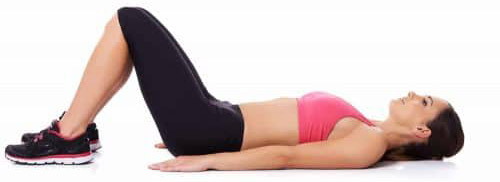
If you have already had the review with your doctor, you will be able to resume it if he has indicated the pelvic floor exercises. This, added to the fact that you can increase the daily walking time by following those sensations of your body, listening, and respecting your limits, we see that at this stage there is already a little more physical activity.
12 weeks and beyond
From week 12, which would be the three months after the surgical intervention, it is time to practice sports and if you wish, to resume physical activity. If three months have already passed, can I run? Can I go back to the gym?
What not to do after 12 weeks
Classic abdominal exercises are prohibited
First of all, the classic abdominals are banished, everything that is a strictly prohibited curl up, crunch, or sit-up. In short, you should not do any classic abdominal exercise in any of its versions.
No exercises raising both legs
Do not carry out exercises in which you raise both legs at the same time. After a hysterectomy, it is very important to take care of our pelvic floor which supports our organs so that prolapses do not occur. Therefore, the first thing is going to be to focus on toning our CORE and raising the two issues at the same time. In most cases, it means that our abdomen inflates, comes out and this implies that we are not prepared, that our abdomen is not is ready for this type of exercise. So ruled out classic sit-ups, ruled out exercises where both legs are elevated.
Do not iron
Also ruled out the iron, the iron as such pure and simple at this time, even if you have completed 12 weeks of your operation, I do not recommend it, we could value the adapted iron by supporting your knees as long as you feel that the abdominal girdle, your core is active, not inflated.
Maximum weight of 15 kg
As for carrying weights, you should know that no more than 15 kg would be recommended or even a lower figure if your doctor has specified it.
Do not use Leg press o Seated Row

If you’re getting back into the gym and used to exercise using machines, there are two machines you need to be especially careful with. The seated row and secondly the leg press, the one in which we are sitting slightly leaning backward with our knees bent and our feet resting on a surface in which we try to push a weight, that is the incline press. We must avoid them as well as any other machine or exercise that generates hyper pressure in our abdomen.
Be careful when coughing, sneezing, vomiting
From these 12 weeks, we must continue to take care of the way we cough, sneeze or if we feel sick and vomit or blow our nose when we do this type of activity, we must already have fully integrated the activation of the pelvic floor and the abdomen and above all take care the posture in which we make these gestures. Never lie on the sofa with the pelvis in retroversion, but if possible, go to the edge of the chair and cough in that position, sneeze in that position.
Recommendations
Pilates and Yoga with body awareness
If you resume or start activities such as pilates, yoga, or other functional training you have to have a lot of body awareness and work on that body awareness. Both pilates and yoga have a very good part that works on the core area of the transversus abdominis, but there are certain positions that in certain cases and according to certain women can be hyperpressive. Remember once again that if the abdomen is inflated, it bulges the perineum and generates too much hyper pressure. Therefore, in pilates, yoga, and functional training, be very aware of this possibility, see how your abdomen behaves and does generate a certain type of pressure or weight on your pelvic floor to immediately stop that exercise.
Train your core
After these 12 weeks, it is time to train from the inside out, giving priority to the core, the transverse abdomen, your natural girdle with exercises that respect your pelvic floor. Following the instructions mentioned above.
Swimming
You can swim, it is a positive activity in which there is no impact, which does not generate almost hyper pressure, and in fact, after the review with your surgeon, if the vaginal wound is healed and he gives you the ok, you could start swimming soon.
Cycling
If what you want is to practice cycling, then be very careful with the saddle, that it is padded so that it does not give you discomfort in the perineal area. Also, try to go on flat terrain. If we are going to practice spinning, be very careful with high resistance and intensities in this sport and take into account that pedaling standing up can be a hyperpressive exercise.
Running, jumping
You should visit a specialized physiotherapist to evaluate how your entire abdominal-pelvic compartment works when faced with expressions. And let her see if you already have a good abdominal tone if you have been doing core toning exercises and you are in shape to face another type of more intense activity. Likewise, a periodic follow-up should be carried out to see if we are not having any damage due to this impact practice.
The general recommendation after a hysterectomy is to wait 6 months before performing an impact sport and always be in the hands of a health professional specialized in pelvic floor who guides the possible effect this impact practice may be having.


